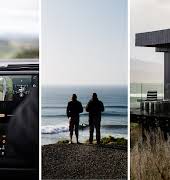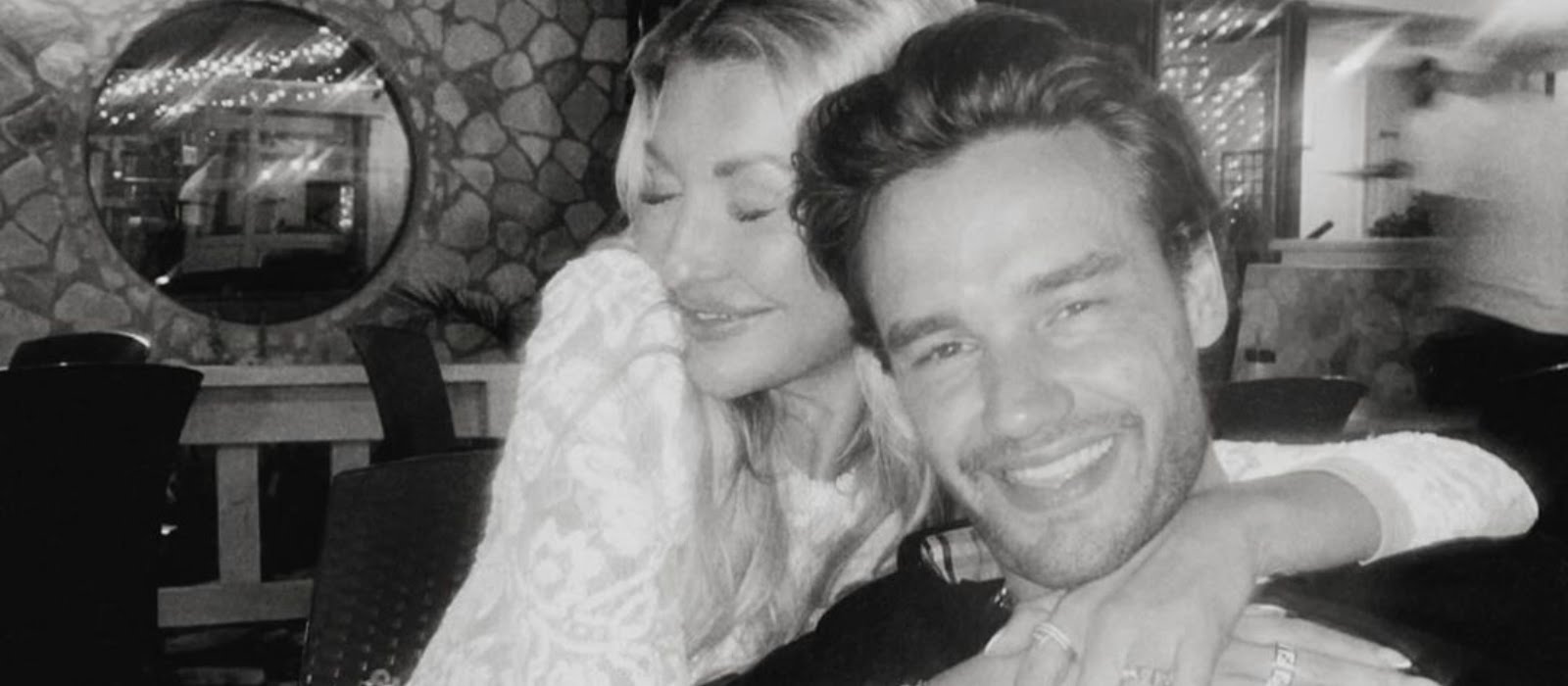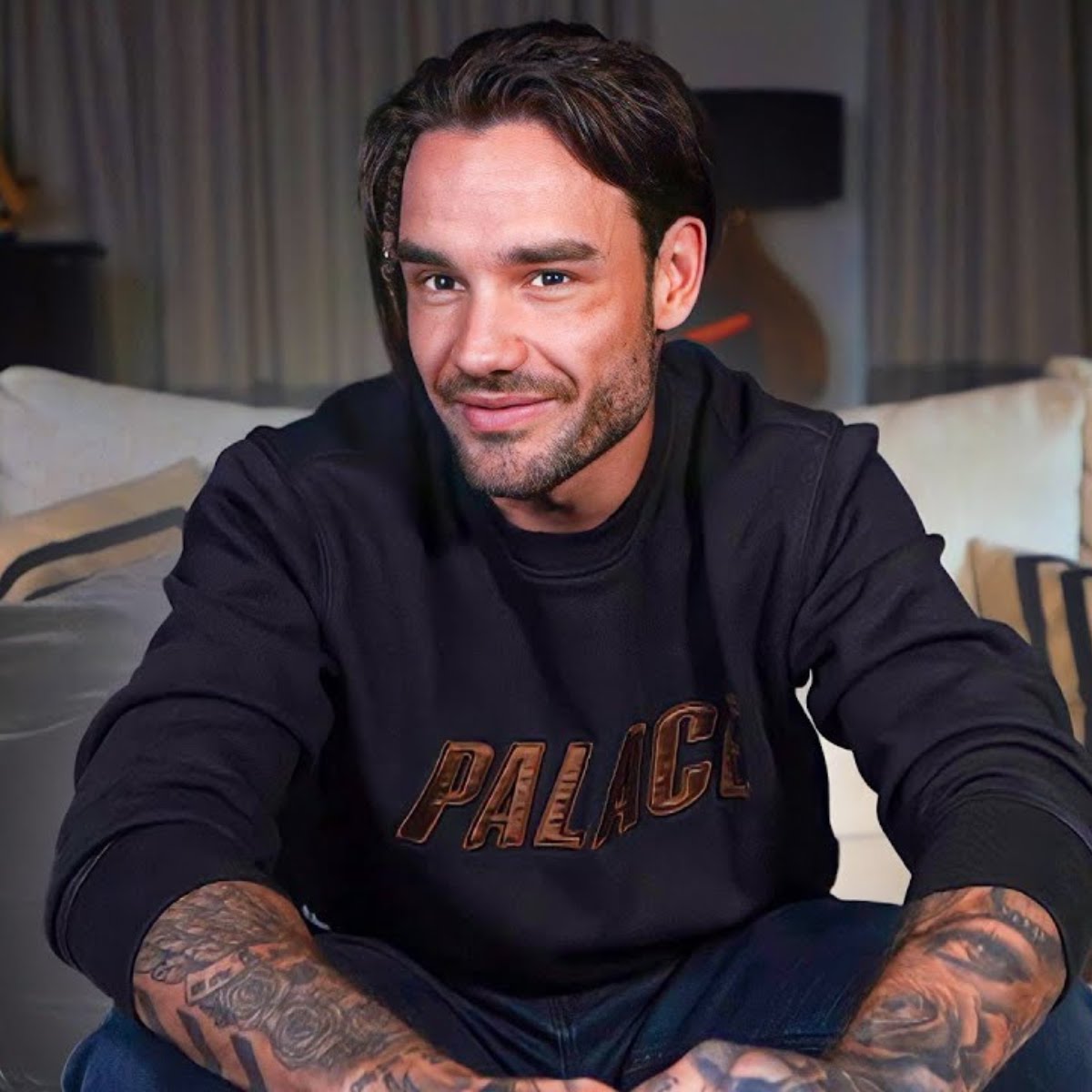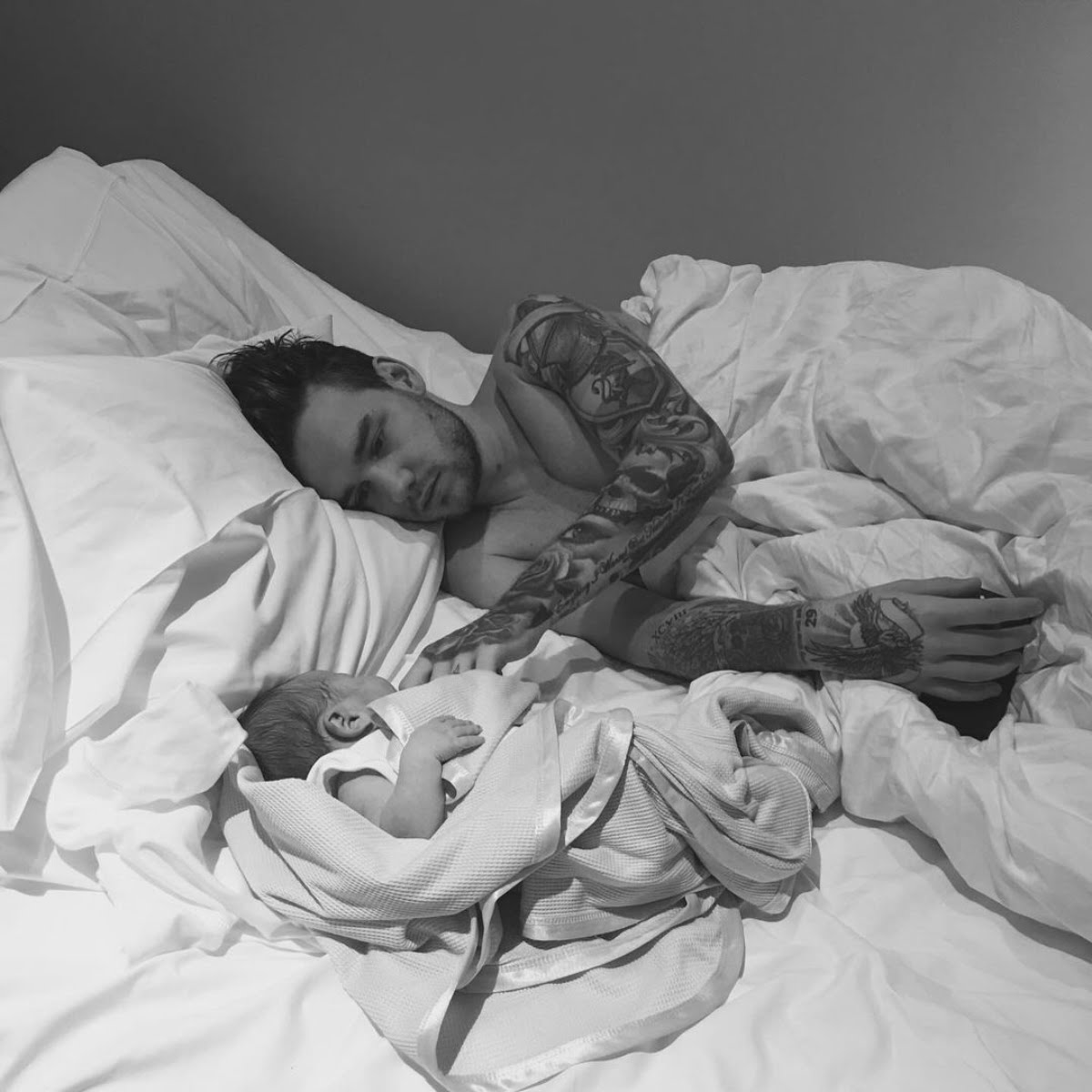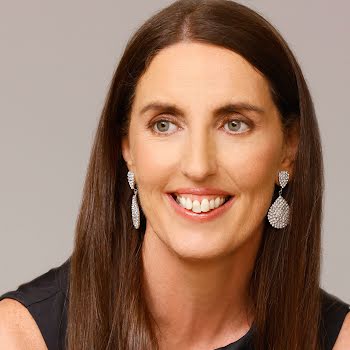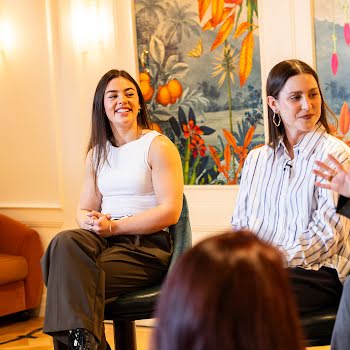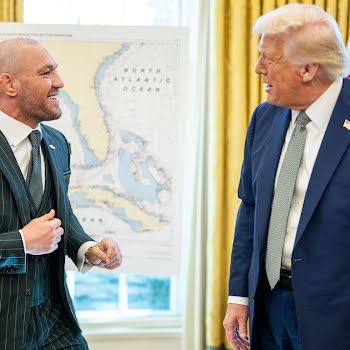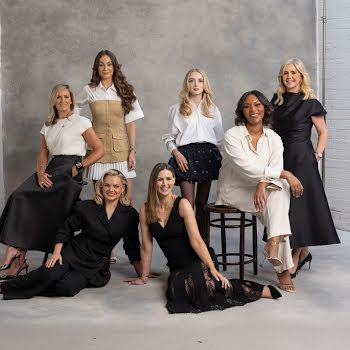
via @kateecass on Instagram
Celebrity death in the age of social media
The death of Liam Payne was a tragic loss for his loved ones, the music industry and a generation whose youth was defined by his music; so why is it—despite greater awareness of addiction and mental health than ever—we still fail to respectfully navigate celebrity deaths?
One Direction was an apt name for a band that catapulted to superstardom in 2011, with their single ‘What Makes You Beautiful’. I had grown up in the era of the Boy Band, with Boyzone being my favourite, and I knew the effect a cute, floppy-haired pop star could have on the mind of a “tweenage” girl. The floppy-haired teen who sang the opening lines in One Direction’s first music video was Liam Payne, who tragically died after falling from a hotel balcony on October 16 this year.

I paid little attention to One Direction over the next decade, but Liam Payne would appear on my TikTok feed in 2022; a clip of him appearing on influencer Logan Paul’s podcast, Impaulsive, had gone viral due to a handful of mildly “controversial” statements he made about One Direction and some of his former bandmates. Unfortunately, the more serious statements made in that interview did not get the same air time, including Payne’s admission to turning to alcohol and drugs to cope with the pressures of fame.
Liam later admitted this interview was conducted under the influence of alcohol, and he would spend 100 days in a rehab facility after its release. In a video on his own YouTube channel published the following year, announcing his return, Payne admitted he was most anxious about returning to social media, saying “Upon leaving [rehab], the hardest part was turning the phone back on because it was a little bit scary”.
It’s no secret that social media is toxic, and even Payne’s former heartthrob status couldn’t protect him from becoming somewhat of a meme in recent years. A recording of Liam performing his 2019 single Strip That Down went viral for a slightly goofy dance routine, as did clips of interviews where he seemed to speak in multiple accents; despite his best efforts to return to public life, he had been christened as “cringe”, by his once adoring fans.
The success of One Direction has always been intrinsically linked to social media, seeing as their fans were the generation that came of age during its rise. Known as ‘Directioners’, they flooded sites like Twitter and Tumblr with One Direction content, usually pledging allegiance to one specific member. It could seem strange to the uninitiated, but “stan culture” as it became known, was just a new way of expressing the universal experience of teenage infatuation; Millenials kissed posters of Justin Timberlake goodnight, but Gen Z poured their heart out online.
It was that same internet that ‘Directioners’ returned to, in a pilgrimage of grief, when the news of Liam Payne’s tragic death was made public. Shockingly, within hours of the news breaking, TMZ published cropped photos of Liam Payne’s lifeless body on their website; soon after, social media was flooded with conspiracy theories, speculation and disbelief, as fans tried to wrap their heads around the tragedy.
Social media became home to distasteful jokes and unsubstantiated “theories” surrounding Payne’s death that would eventually become headlines. The news cycle was churning out stories so fast, that Liam Payne’s sister found out about her brother’s passing through a notification from a news app.
Just when the news of Liam’s death was at peak saturation a devastating Instagram post was made by Cheryl Tweedy, with whom Payne had a son in 2017, pleading for the media to “give Liam the little dignity he has left in the wake of his death”.
This is not the first time we have seen celebrities dehumanised both in life and death. Famously, Amy Winehouse was mobbed by paparazzi while in active addiction, often documenting some of her lowest moments. This constant surveillance, according to her best friend Tyler James, kept her in the grips of alcoholism, an addiction that would take her life in 2011.
Britney Spears’ 2007 mental health crisis was documented daily by American paparazzi, as was Amanda Bynes’ in 2013–there have been countless young stars who were built up by the same system that dragged them down, revelling and profiting off their downfall. Paparazzi is now a dirty word, but constant surveillance still exists for celebrities, and the cameras are now in the hands of the fans, following their every move. These parasocial relationships sometimes manifest as the “stan accounts” that documented One Direction’s rise to fame, but they can also manifest as something much darker.
The night before Liam Payne died, he was seen taking photos with fans outside his hotel, the same hotel where he would fall to his death, and where pictures of his body were taken, not by paparazzi but by a member of the public, and posted to X. The moments Payne spent smiling and chatting to fans should have been how he was remembered online, however, in the age of the internet every moment is up for grabs, soon to be made into viral content. So while Cheryl Tweedy is completely justified in her criticism of the media’s coverage of Liam Payne’s death, the public too has to answer for his dehumanisation.
As long as youth and sex appeal remain profitable, the celebrity industrial complex will continue to churn out pop stars just like Liam Payne, many of whom will struggle with addiction and poor mental health; this, unfortunately, we cannot control. Although it is impossible to predict who fame’s next victim will be, and who we will regret making into a meme, we can control the standards we keep for ourselves, the fans, and not stoop to the levels of the paparazzi we once so heavily condemned.
Feature image via @kateecass on Instagram




